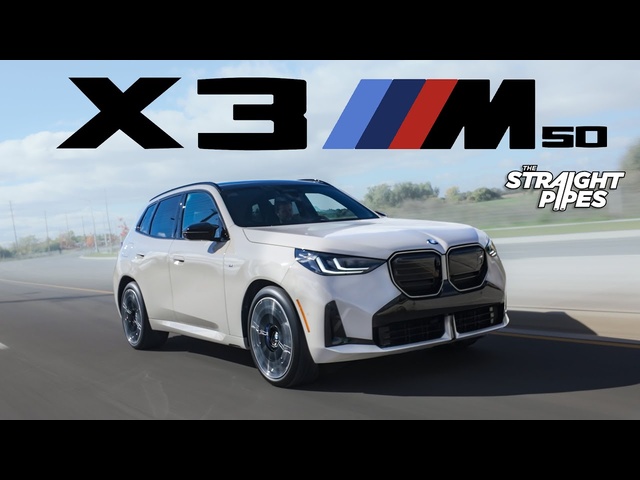Views: 60841
Alpina B5 Biturbo BMW M5 Alpina HD In Detail Commercial Alpina B5 Review Carjam TV HD
ALPINA B5 Bi-Turbo Sedan/Touring: based on the BMW F10/F11 5 Series - featuring a 4.4 L V8 Bi-Turbo engine, also used in the Alpina B7, Alpina's vehicles have more emphasis on luxury, higher torque, and have automatic transmissions.
CARJAM TV - Subscribe Here Now http://www.youtube.com/carjamradio
Like Us Now On Facebook: http://www.facebook.com/CarjamTV
For The World's Best Car Videos
Website: http://www.carjam.tv
Compared to cars from BMW's in-house motorsport-rooted subsidiary, BMW M, Alpina's vehicles have more emphasis on luxury, higher torque, and have automatic transmissions instead of manual or semi-automatic transmissions.[3] For instance, regarding the high performance variants of the BMW E60 5-Series, the B5 offers a different take on performance and how to accomplish it. Unlike BMW M's own M5 which has a naturally aspirated, high-revving 5.0L V10, the Alpina B5 uses a supercharged 4.4L V8 which produces similar horsepower and remarkably greater torque at lower rpm.
ALPINA D3 Bi-Turbo Sedan / Touring and Coupe based on the BMW E90/E91/E92 with 123d engine - 214 PS (157 kW; 211 hp) / 450 N·m (332 lb·ft)
ALPINA B3 S Bi-Turbo Sedan / Touring / Coupe and Cabrio: based on the BMW E90/E91/E92/E93 335i 400 PS (294 kW; 395 hp) / 400 N·m (295 lb·ft). This model can be ordered with RWD or AWD.
ALPINA B5 Bi-Turbo Sedan/Touring: based on the BMW F10/F11 5 Series - featuring a 4.4 L V8 Bi-Turbo engine, also used in the Alpina B7 507 PS (373 kW; 500 hp) / 700 N·m (516 lb·ft)
ALPINA B6 Bi-Turbo Coupé/Convertible: based on the BMW F12/F13 6 Series - featuring a 4.4 L V8 Bi-Turbo engine. 540 PS (397 kW; 533 hp) / 730 N·m (538 lb·ft)
ALPINA D5 Bi-Turbo Sedan/Touring: based on the BMW F10/F11 5 Series - featuring a 3 L straight 6 Bi-Turbo engine, delivering 350 PS (257 kW; 345 hp).
ALPINA B7 Bi-Turbo: based on the BMW F01 7 Series - featuring a 4.4 L V8 Bi-Turbo engine 507 PS (373 kW; 500 hp) / 700 N·m (516 lb·ft)
The BMW M5 is a high performance version of the BMW 5-Series executive car. the first incarnation of the M5 was hand-built utilizing the 535i chassis and a modified BMW M1 engine, being the fastest production sedan in the world at the time of its introduction.[1] Subsequent iterations of the M5 have been built from each generation of the 5-Series platform, including the E34, E39, E60/E61, and most recently, F10, with the first orders delivered in late 2011.
The F10 M5 was released to the public at the 2011 Frankfurt Motor Show, and went on sale in November 2011.[25] Compared to the preceding E60 M5 (and the E60 5 Series as a whole), "The new [F10] M5 is all about the right balance. It still favors its racing edge but can now be a very sophisticated executive car."[3] Nonetheless, the F10 M5 is significantly heavier, has synthetic engine noise played through its audio system and has a lower top speed compared to the naturally aspirated E60 M5 V10 it replaces.
The new M5 uses a variation of the S63 biturbo 4.4-litre V8 engine (which is in turn derived from the base N63 engine found in regular BMW vehicles such as the BMW 750i and 550i) called the S63B44Tü (Tü stands for "technische überarbeitung" or technical revision). Compared to the standard S63 as found in the 2010 X5 M and X6 M, the S63B44Tü has more turbo boost (1.2 vs 1.5 bar) and a higher compression ratio for quicker responsiveness, and it also adds Valvetronic to the intake valvues which is a first for a BMW M vehicle. The S63B44Tü produces 560 hp (418 kW) and 502 lb·ft (681 N·m) of torque. The decision to turbocharge the M5 has not met with approval from all fans, some being disappointed with its lack of a stirring engine note comparable to the E60 V10, and that BMW seems to be moving away from traditionally low-displacement, high-revving naturally aspirated engines. Increasingly stringent international CO2 emissions and fuel consumption regulations are cited as the reason for discarding the outgoing model's multi-award winning V10 engine; the new engine reduces CO2 emissions by 25%. One other advantage of turbocharging is that it generates more low-end torque.[3]
While the X5 M and X6 M currently offer only six-speed automatic "Steptronic" transmissions, a dual clutch transmission will be used on the F10 M5 in place of the Getrag SMG III single-clutch seven-speed semi-automatic transmission used in the previous E60 M5. A 6-speed manual gearbox option has been confirmed for the US market only.
In an effort to lower the curb weight of the new M5, which is heavier than the E60 it relaced, BMW partnered with SGL group, a carbon fiber manufacturer.[27] Despite this, the F10 still weighs significantly more than the E60 model and has faced criticism from some quarters for this, it's relative lack of engine note and lack of steering feel compared to its immediate predecessor. http://en.wikipedia.org/wiki/Bmw_m5
CARJAM TV - Subscribe Here Now http://www.youtube.com/carjamradio
Like Us Now On Facebook: http://www.facebook.com/CarjamTV
For The World's Best Car Videos
Website: http://www.carjam.tv
Compared to cars from BMW's in-house motorsport-rooted subsidiary, BMW M, Alpina's vehicles have more emphasis on luxury, higher torque, and have automatic transmissions instead of manual or semi-automatic transmissions.[3] For instance, regarding the high performance variants of the BMW E60 5-Series, the B5 offers a different take on performance and how to accomplish it. Unlike BMW M's own M5 which has a naturally aspirated, high-revving 5.0L V10, the Alpina B5 uses a supercharged 4.4L V8 which produces similar horsepower and remarkably greater torque at lower rpm.
ALPINA D3 Bi-Turbo Sedan / Touring and Coupe based on the BMW E90/E91/E92 with 123d engine - 214 PS (157 kW; 211 hp) / 450 N·m (332 lb·ft)
ALPINA B3 S Bi-Turbo Sedan / Touring / Coupe and Cabrio: based on the BMW E90/E91/E92/E93 335i 400 PS (294 kW; 395 hp) / 400 N·m (295 lb·ft). This model can be ordered with RWD or AWD.
ALPINA B5 Bi-Turbo Sedan/Touring: based on the BMW F10/F11 5 Series - featuring a 4.4 L V8 Bi-Turbo engine, also used in the Alpina B7 507 PS (373 kW; 500 hp) / 700 N·m (516 lb·ft)
ALPINA B6 Bi-Turbo Coupé/Convertible: based on the BMW F12/F13 6 Series - featuring a 4.4 L V8 Bi-Turbo engine. 540 PS (397 kW; 533 hp) / 730 N·m (538 lb·ft)
ALPINA D5 Bi-Turbo Sedan/Touring: based on the BMW F10/F11 5 Series - featuring a 3 L straight 6 Bi-Turbo engine, delivering 350 PS (257 kW; 345 hp).
ALPINA B7 Bi-Turbo: based on the BMW F01 7 Series - featuring a 4.4 L V8 Bi-Turbo engine 507 PS (373 kW; 500 hp) / 700 N·m (516 lb·ft)
The BMW M5 is a high performance version of the BMW 5-Series executive car. the first incarnation of the M5 was hand-built utilizing the 535i chassis and a modified BMW M1 engine, being the fastest production sedan in the world at the time of its introduction.[1] Subsequent iterations of the M5 have been built from each generation of the 5-Series platform, including the E34, E39, E60/E61, and most recently, F10, with the first orders delivered in late 2011.
The F10 M5 was released to the public at the 2011 Frankfurt Motor Show, and went on sale in November 2011.[25] Compared to the preceding E60 M5 (and the E60 5 Series as a whole), "The new [F10] M5 is all about the right balance. It still favors its racing edge but can now be a very sophisticated executive car."[3] Nonetheless, the F10 M5 is significantly heavier, has synthetic engine noise played through its audio system and has a lower top speed compared to the naturally aspirated E60 M5 V10 it replaces.
The new M5 uses a variation of the S63 biturbo 4.4-litre V8 engine (which is in turn derived from the base N63 engine found in regular BMW vehicles such as the BMW 750i and 550i) called the S63B44Tü (Tü stands for "technische überarbeitung" or technical revision). Compared to the standard S63 as found in the 2010 X5 M and X6 M, the S63B44Tü has more turbo boost (1.2 vs 1.5 bar) and a higher compression ratio for quicker responsiveness, and it also adds Valvetronic to the intake valvues which is a first for a BMW M vehicle. The S63B44Tü produces 560 hp (418 kW) and 502 lb·ft (681 N·m) of torque. The decision to turbocharge the M5 has not met with approval from all fans, some being disappointed with its lack of a stirring engine note comparable to the E60 V10, and that BMW seems to be moving away from traditionally low-displacement, high-revving naturally aspirated engines. Increasingly stringent international CO2 emissions and fuel consumption regulations are cited as the reason for discarding the outgoing model's multi-award winning V10 engine; the new engine reduces CO2 emissions by 25%. One other advantage of turbocharging is that it generates more low-end torque.[3]
While the X5 M and X6 M currently offer only six-speed automatic "Steptronic" transmissions, a dual clutch transmission will be used on the F10 M5 in place of the Getrag SMG III single-clutch seven-speed semi-automatic transmission used in the previous E60 M5. A 6-speed manual gearbox option has been confirmed for the US market only.
In an effort to lower the curb weight of the new M5, which is heavier than the E60 it relaced, BMW partnered with SGL group, a carbon fiber manufacturer.[27] Despite this, the F10 still weighs significantly more than the E60 model and has faced criticism from some quarters for this, it's relative lack of engine note and lack of steering feel compared to its immediate predecessor. http://en.wikipedia.org/wiki/Bmw_m5
Make: BMW
More by CARJAM TV
-
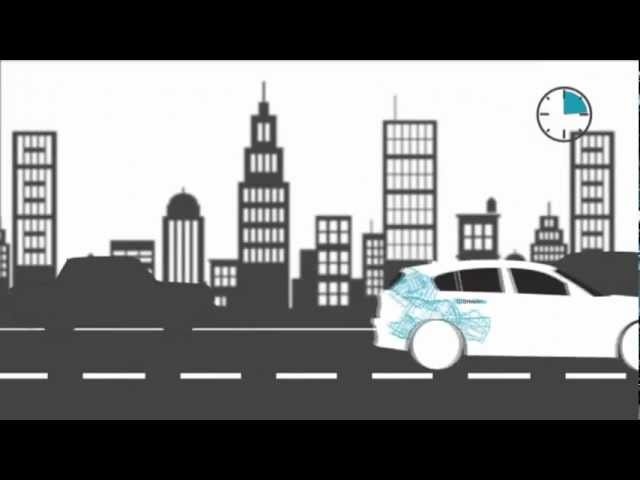 New BMW 1 Series DriveNow 2011 - Unique and ...
New BMW 1 Series DriveNow 2011 - Unique and ...
 BMW
Views: 1758
BMW
Views: 1758 -
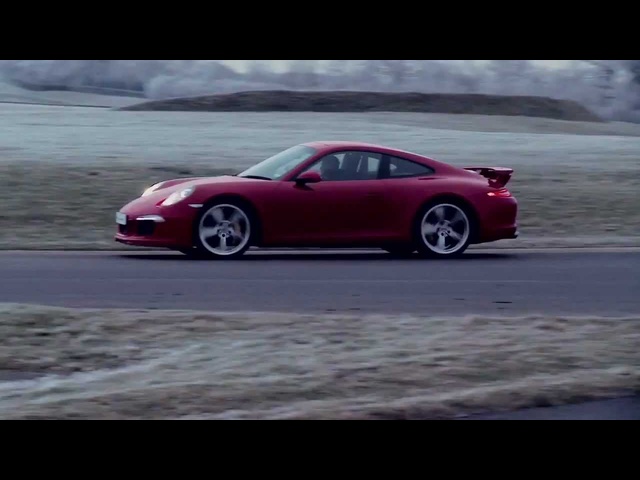 2013 Porsche 911 991 Carrera 4 New Commercial ...
2013 Porsche 911 991 Carrera 4 New Commercial ...
 Porsche
Views: 17027
Porsche
Views: 17027 -
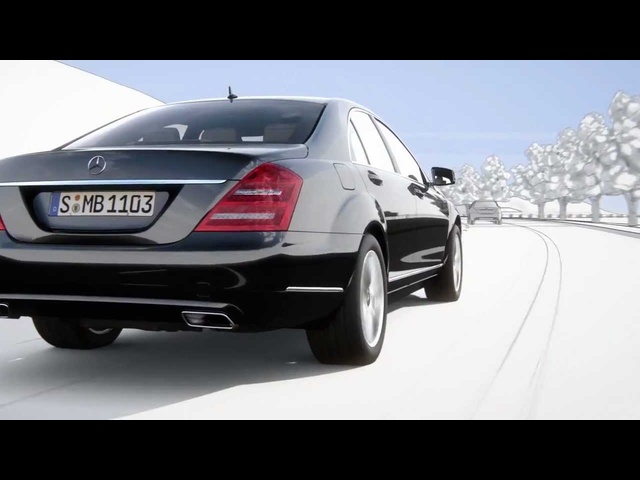 Mercedes S Class 2013 Active Lane Keeping Blind ...
Mercedes S Class 2013 Active Lane Keeping Blind ...
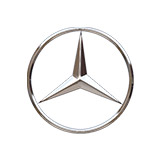 Mercedes
Views: 85158
Mercedes
Views: 85158 -
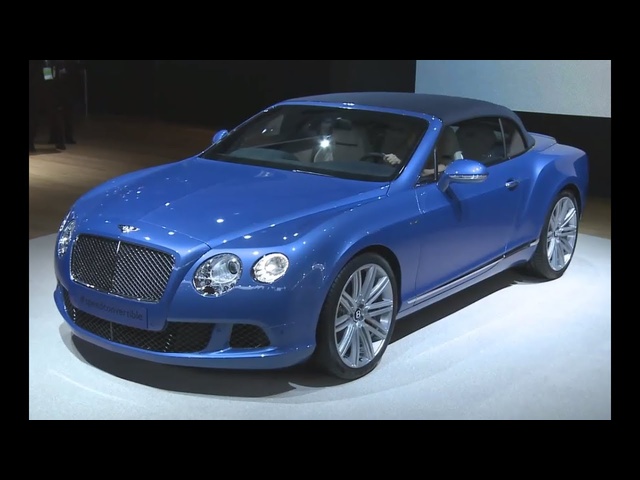 2014 Bentley Cabrio GT Speed HD Debut NAIAS ...
2014 Bentley Cabrio GT Speed HD Debut NAIAS ...
 Bentley
Views: 3287
Bentley
Views: 3287





